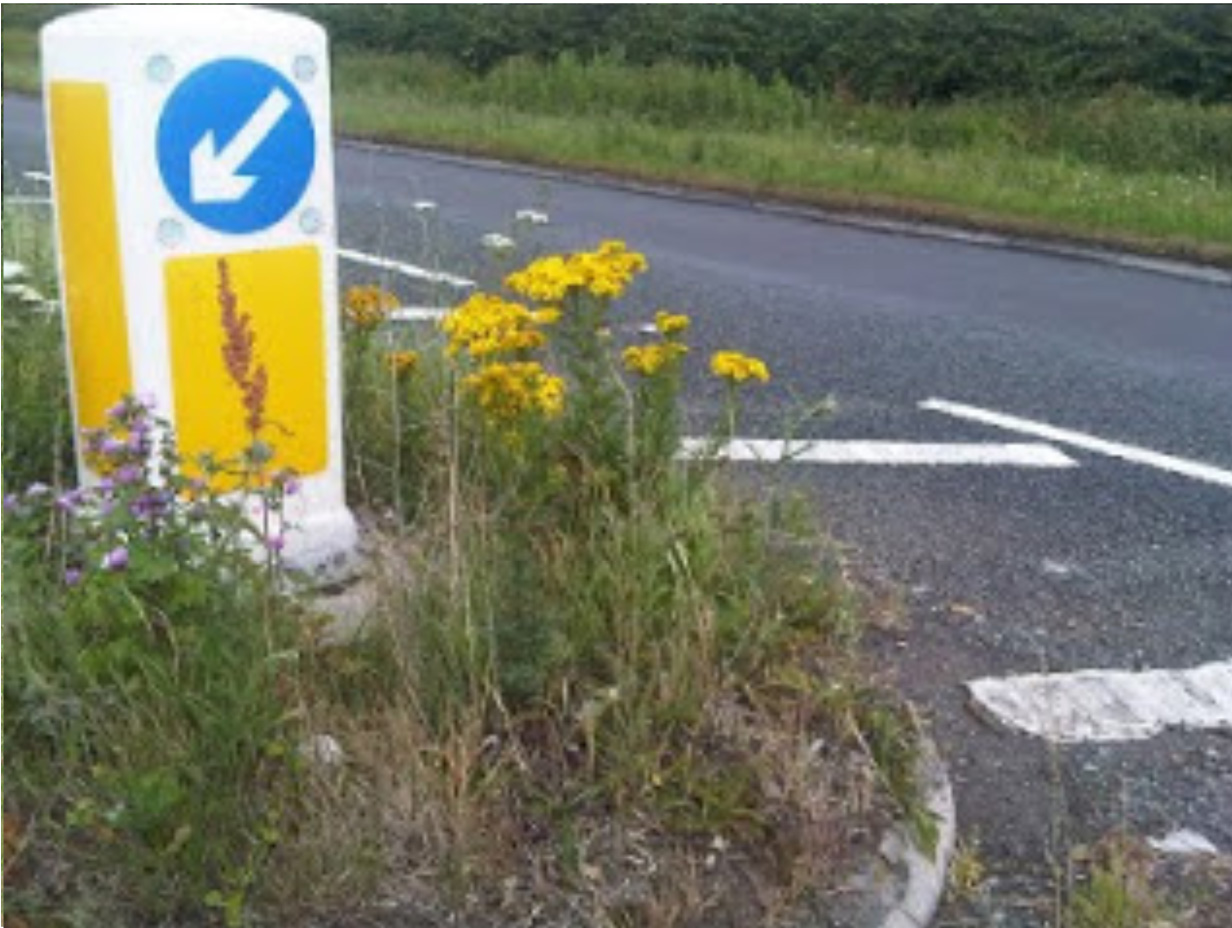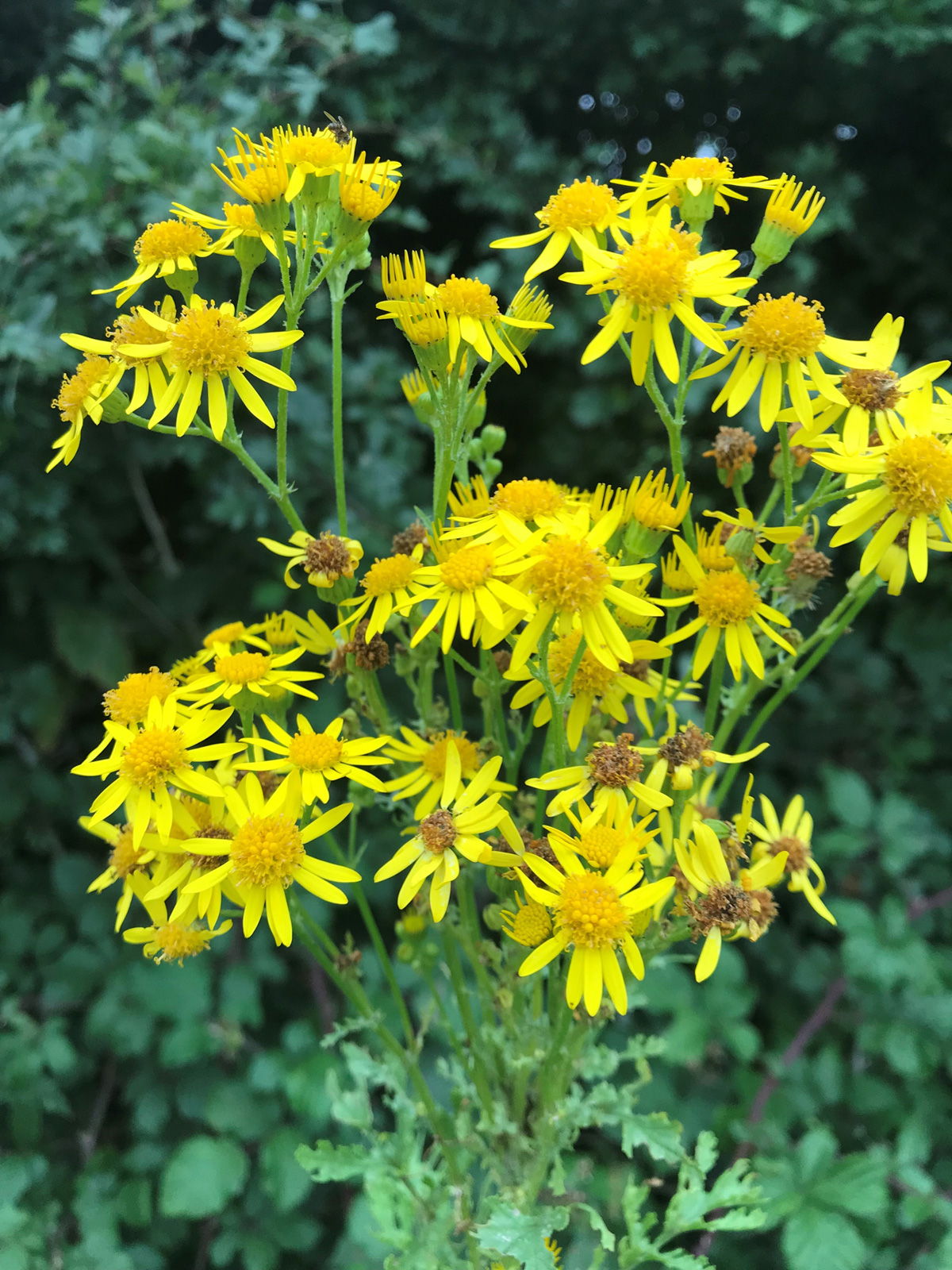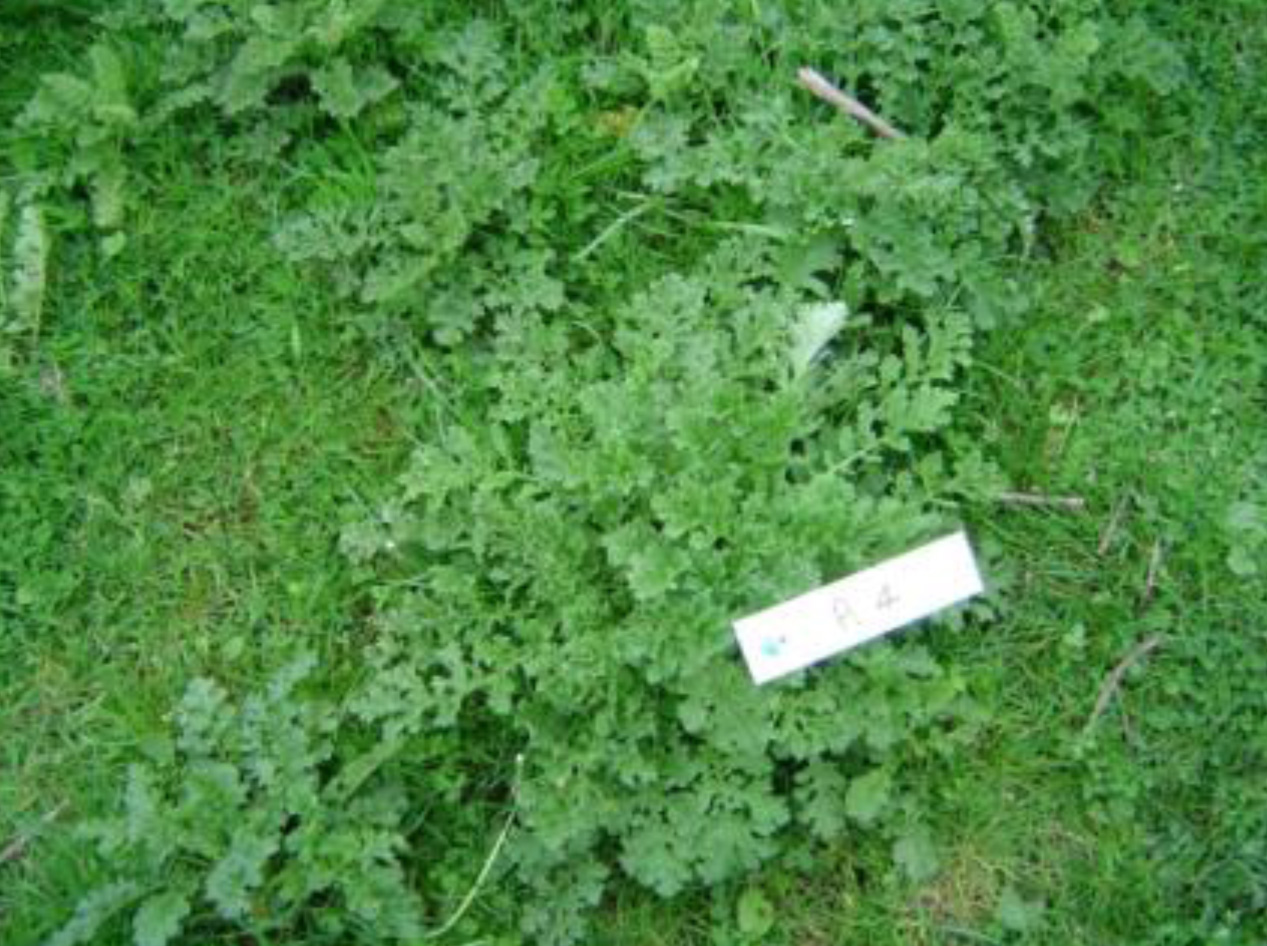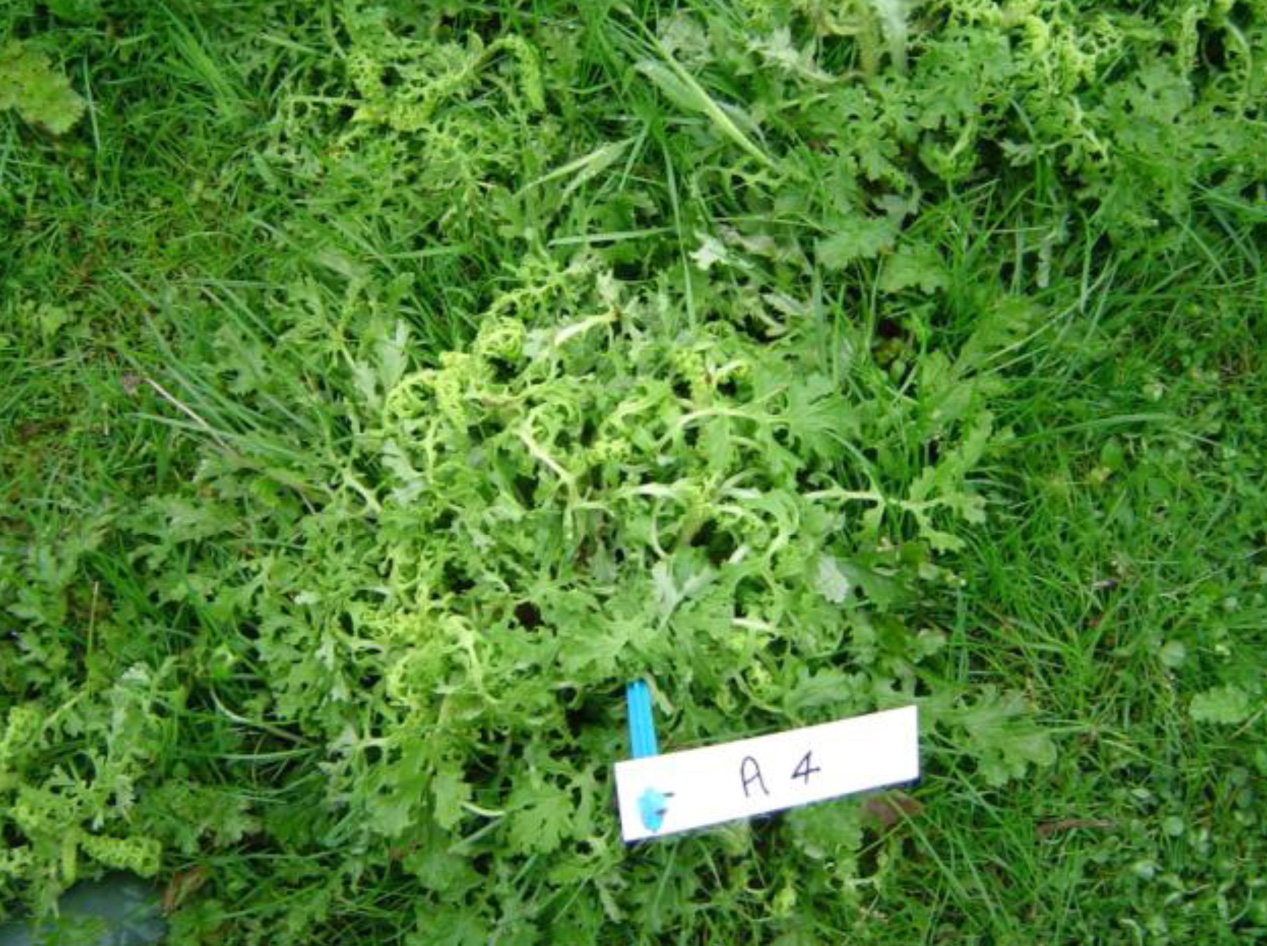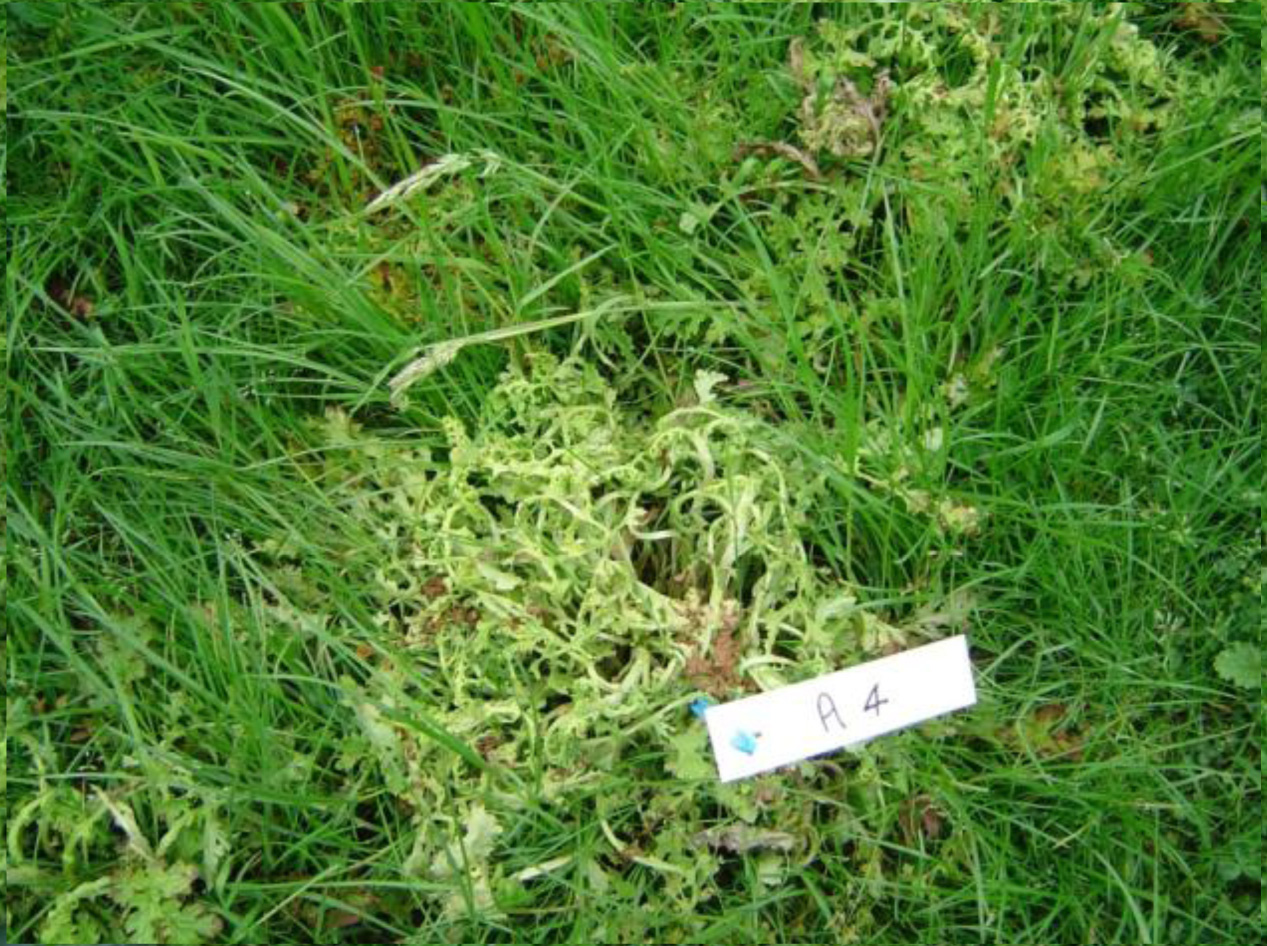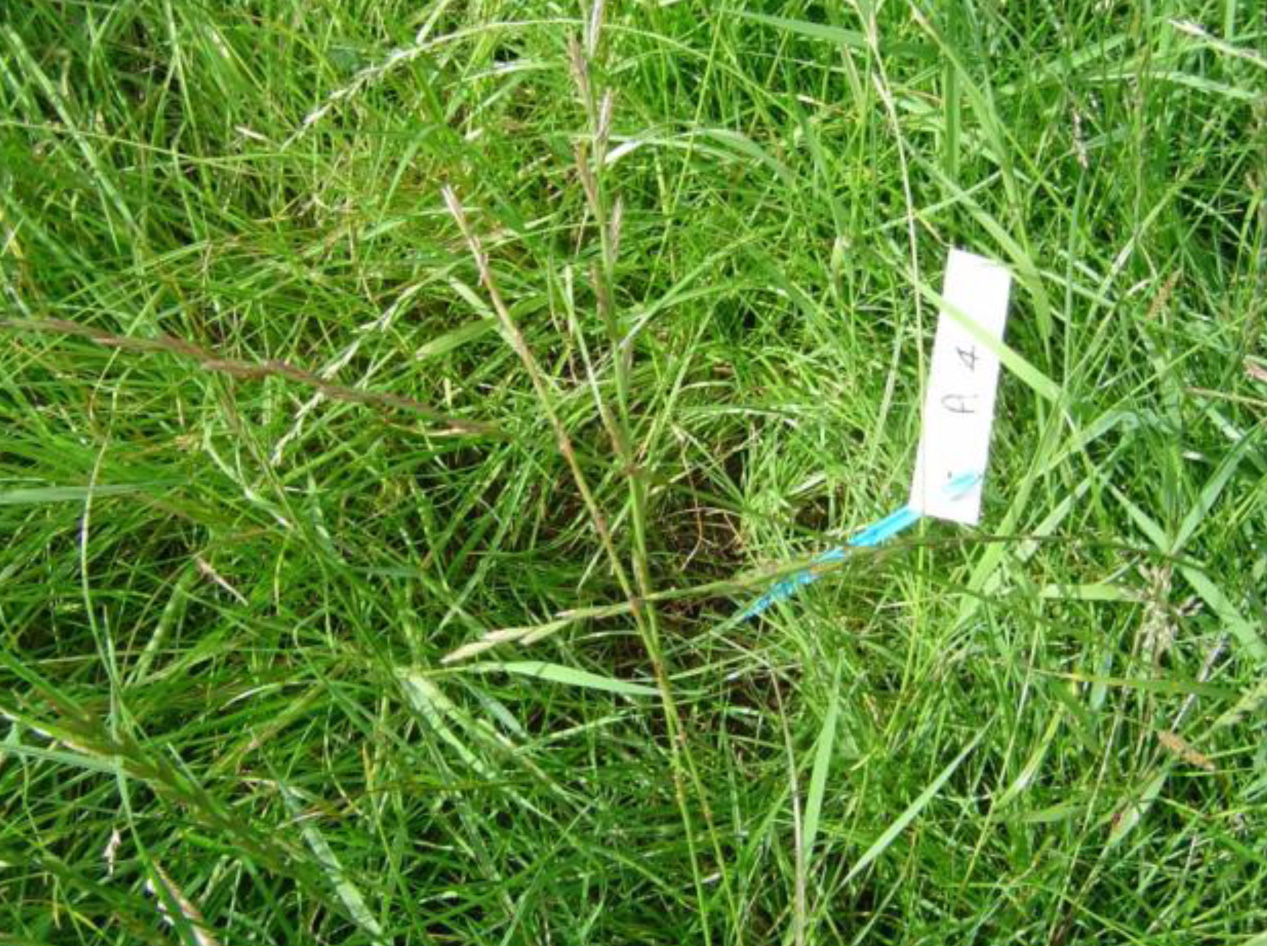Common Ragwort
(Senecio jacobaea)
Legislation
Under the Noxious Weeds Act, 1936, it is an offence for the owner/occupier of lands not to prevent the growth and spread of noxious weeds. Owners and occupiers of land must ensure that they abide by the provision in the act. Noxious weeds, which must be controlled, are ragwort, thistle, dock and wild oat.
Further information if available from Department of Agriculture weed site:
Act also applies to
Broadleaved dock Rumex obtusifolius
Curled dock Rumex crispus
Creeping thistle Cirsium arvense
Spear thistle Cirsium vulgare
Distribution
Common ragwort is widespread throughout Ireland. It is commonly found wasteland, development land, roadside verges, railway land, amenity land, conservation areas, set-aside, woodland. Poor quality and poorly managed horse pastures are particularly susceptible to high densities of ragwort. Every effort should be made to control ragwort and improve pasture management in these situations.
Habitat
* Found over a large range of soil types and climatic conditions
* It is a characteristic of badly managed grasslands
- Trampling breaks the sward
- Patches of turf have died in drought
- Over or under grazing
* Well-managed acid/calcareous grasslands may naturally contain ragwort
* Disturbance to grass verges, embankments and woodland areas which leads to
* Open soil are also favourable conditions for seedling establishment.
Identification
Common Ragwort (Senecio jacobaea)
* Erect plant usually 30 - 90cm high, but may exceed 100cm
* Stems are tough and often tinged red near the base, brighter green and branched above the middle
* Basal rosette of leaves usually dies before flowering but stem leaves persist
* Deeply dissected, with irregular, jagged-edged lobes
* All leaves are dark green, tough and may be sparsely hairy on the lower side
Inflorescence is a conspicuous, large, flat-topped head of densely packed yellow flowers with ray florets and disc florets, all of which are bright yellow
* Seeds are borne singly and have a downy appendage making them readily dispersible


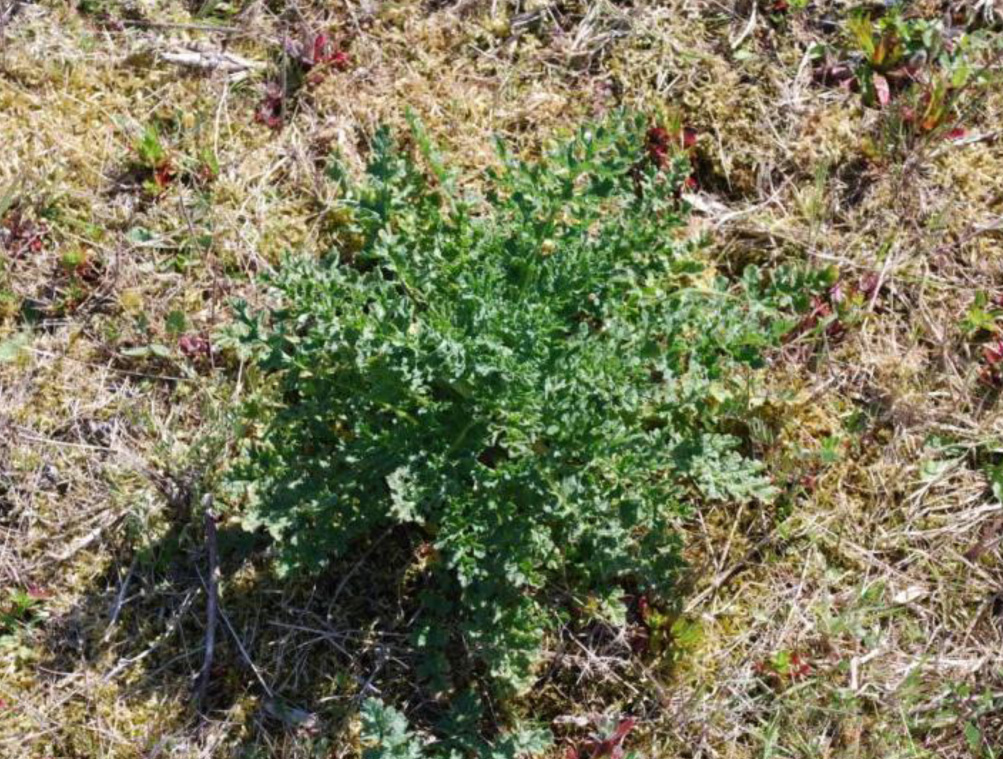
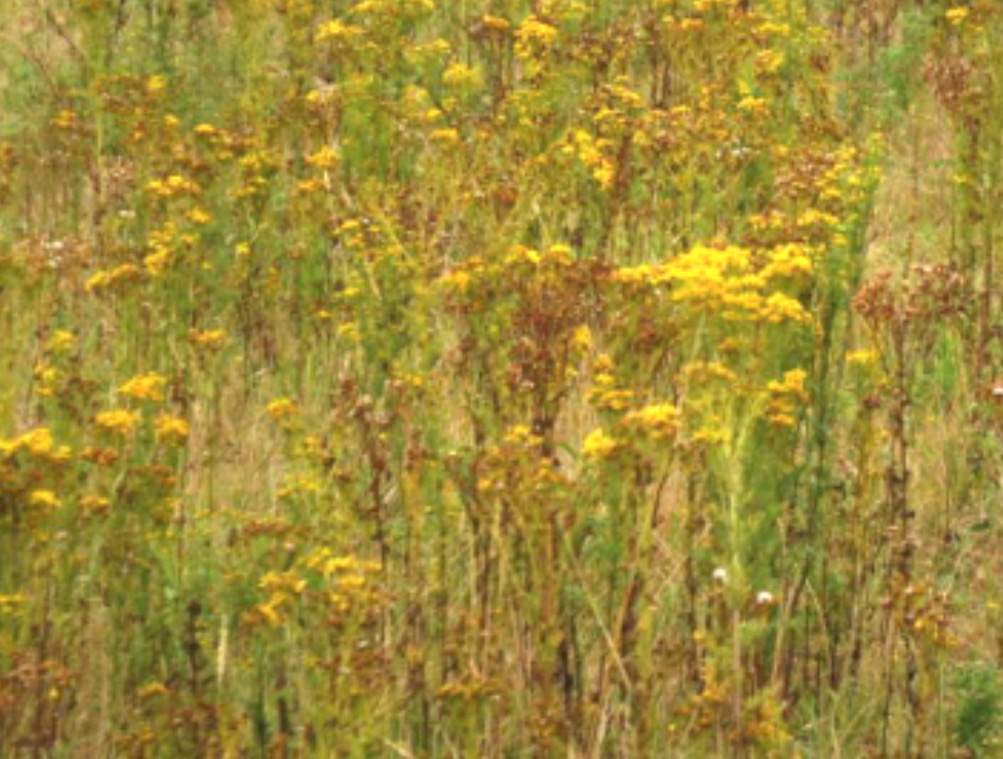
Biology
Normally a biennial (rosette year 1 and flower year 2)
Rosette of basal leaves establishes in first year then overwinters
In second year the rosette sends up one or more leafy unbranched stems, up to one metre in height
These produce numerous flower heads at the top
Flower heads carried in a large flat-topped cluster
Flowering usually from June until late October, after which the plant dies
Can also behave as a perennial, flowering every year, after damage to the crown
Caused by cutting, grazing, hoof damage, damage by machinery
Incomplete/ineffective hand pulling in dry weather
Can also remain in rosette stage for several years under intensive cutting regimes, e.g. amenity grassland
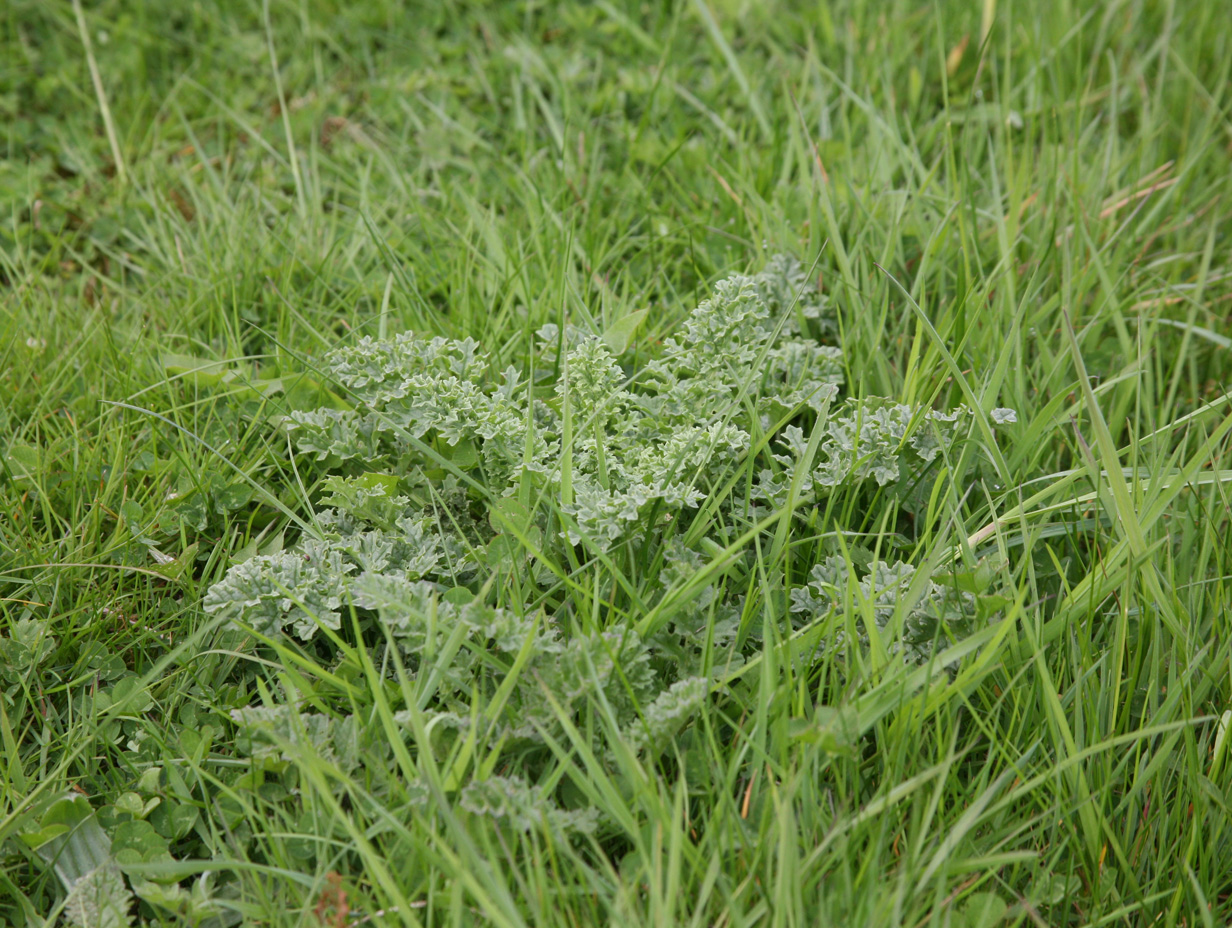
Control options
Synero provides excellent control of Ragwort. Timing is important and best control is achieved by spraying the ragwort in the rosette stage. This is generally in early spring – end March to April time and before it gets too stemy. It is also very important to spray when the soil temperatures are above 9 degrees as this ensures the plant is actively growing at the time of application
Plant Protection Products
Use plant protection products safely.
Always read the label and product information before use.
PAY ATTENTION TO THE RISK INDICATIONS AND FOLLOW THE SAFETY PRECAUTIONS ON THE LABEL.
